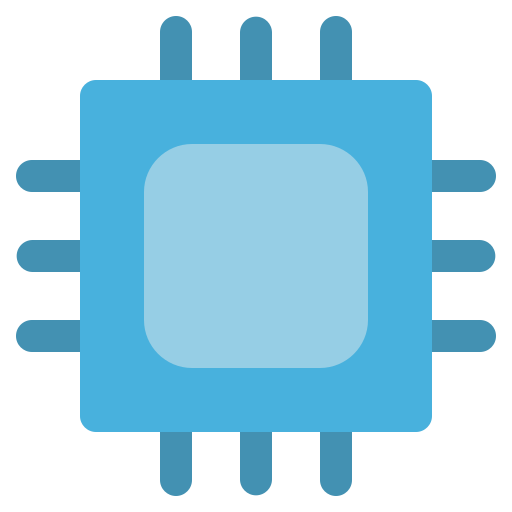

It must take so much R&D to achieve anything remotely comparable to what Samsung, Micron (/Crucial… RIP) and SK Hynix can produce.
Fingers crossed they can either undercut the 3(now 2) big producers, which is doubtful. But hopefully they can help reduce the maximum price that decent memory can inflate to. Because at some point a medium sized customer is gonna get fed up of the Samsung/micron/skHynix bullshit, and custom order the ram they need, and such a smaller producer will provide a much better service for a similar price






Pretty sure all ram manufacturers are Korean? I guess China puts chips on PCBs, maybe? But South Korea has the knowledge . And it had met domestic demand. RAM prices have been acceptable for many many years.
It’s the AI sector that is inflating demand (maybe by circular investment and contracts).
So, I don’t see anyone investing 10 years into the future to make ddr6 ram where their business plan relies on current trends.